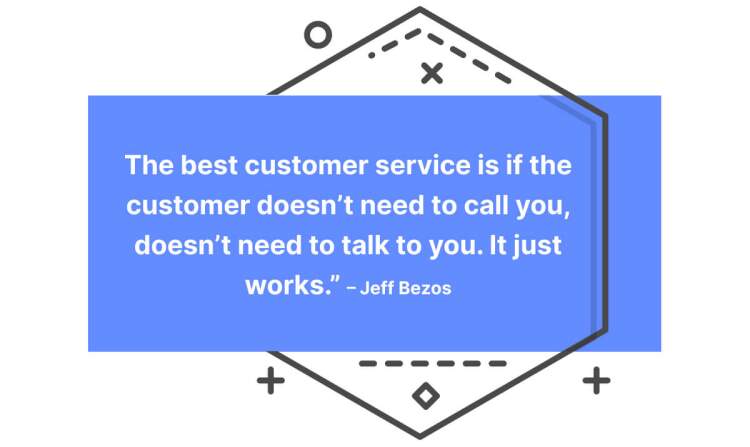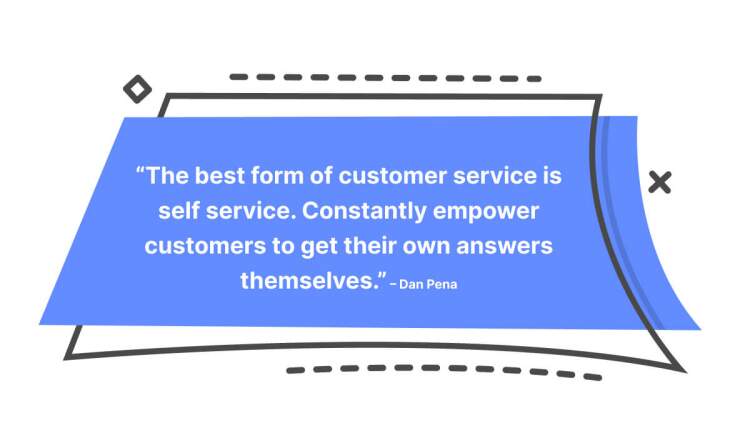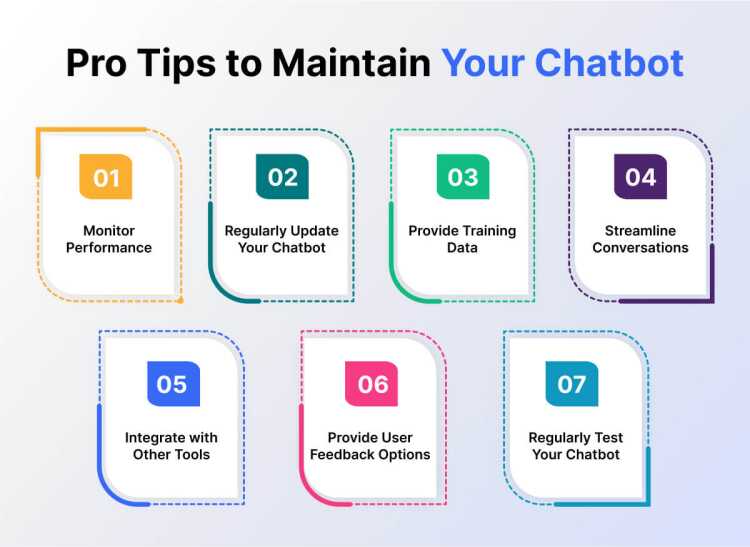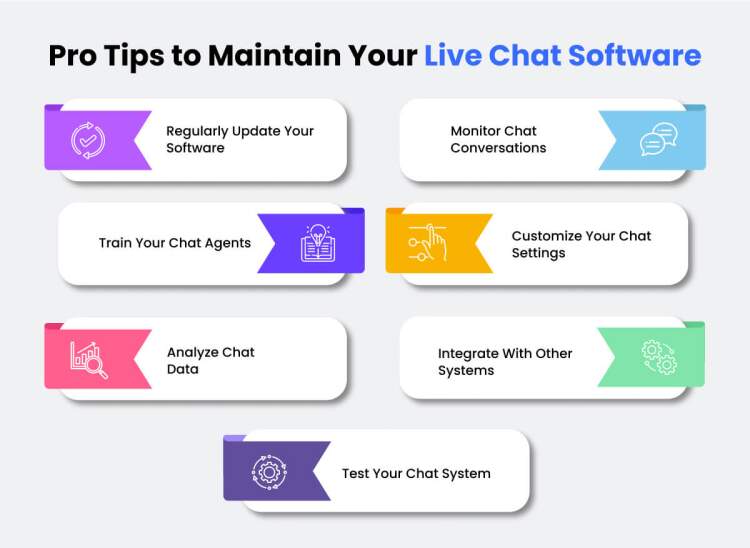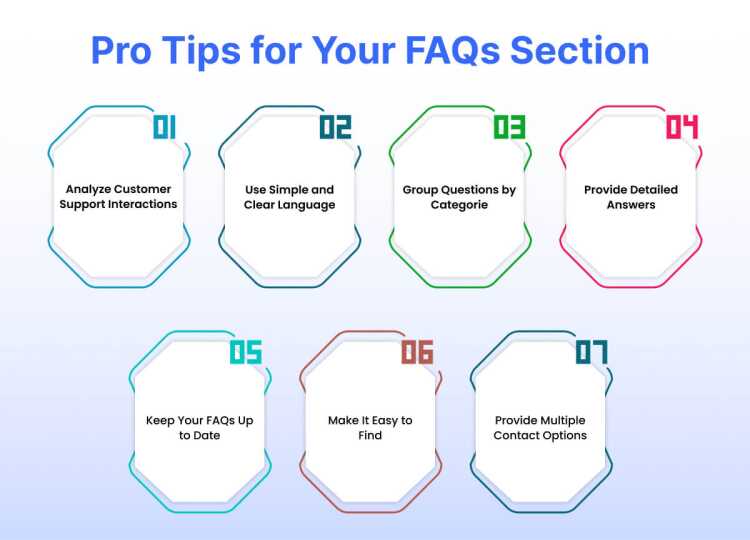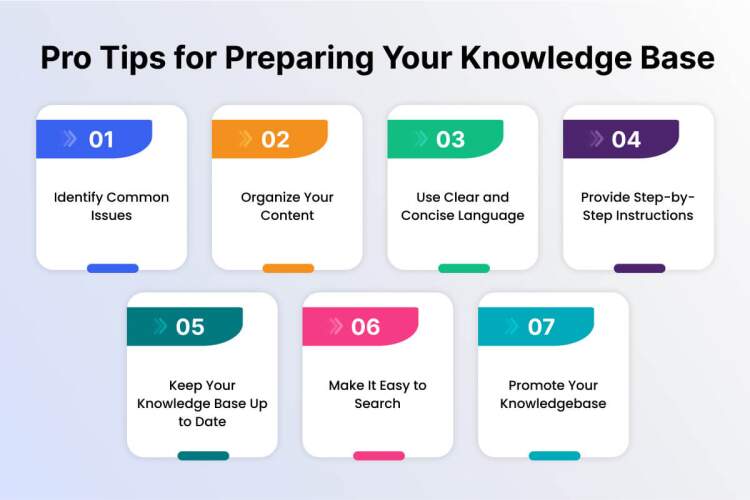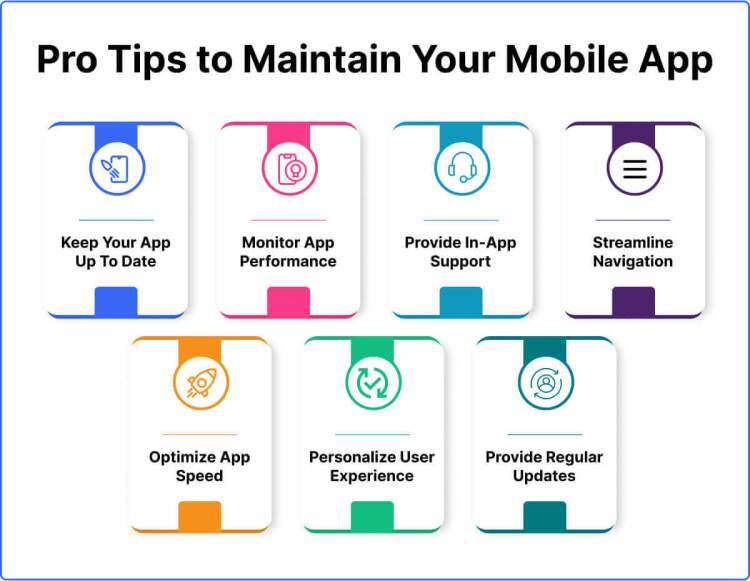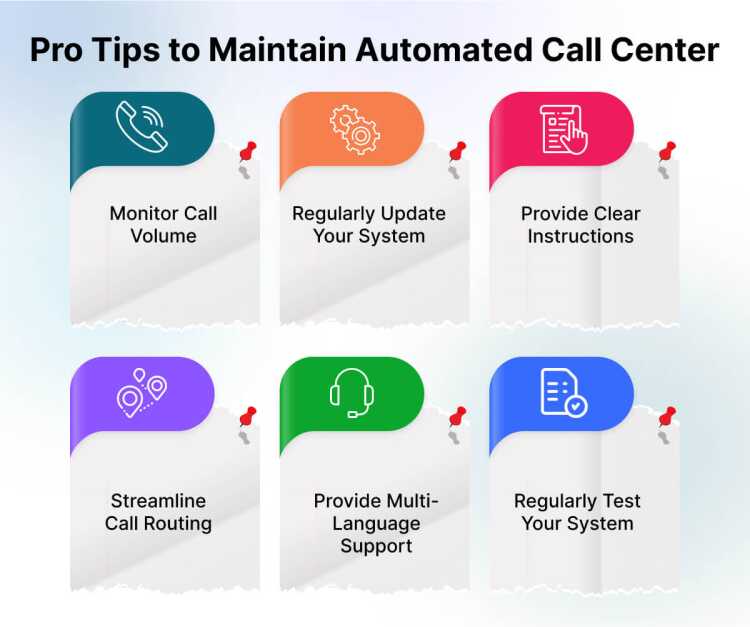Self-Customer Service Transforming Support Experience
- May 2, 2023
- 15 mins read
- Listen

Table of Content
Self-customer service is an essential aspect of modern-day convenience. It not only saves us valuable time but also frees us from the tedious process of waiting in long queues to talk over phone calls or for an email from a customer support agent.
The ability to quickly and efficiently access information or solutions on our own is a valuable asset many of us appreciate daily. Whether it’s ordering food online, troubleshooting technical issues, or booking travel arrangements, customer self-service has become a vital component in ensuring a seamless experience.
Self-customer service is important for companies too. By providing such options, companies can reduce the number of customer inquiries that require human intervention. This means that customer support agents can focus on more complex issues that need their expertise, while routine and repetitive queries can be handled by different customer self-service software such as chatbots.
In this blog, let’s read more about what customer self-service is all about, its benefits, different tools, and how it can help companies to offer services in the best possible ways.
What is Self-Customer Service?
It is an activity where the customer independently finds way outs or works on his own without seeking any kind of assistance from the company employees. Customer self-service, this specific term covers a varied range of activities, from customers searching for product details on a website on their own to going through user manuals to find out solutions to their issues.
As companies strive to cater to large customer bases with limited resources, there has been a significant shift from company-led to customer-led tasks, which has resulted in the widespread use of customer self-service portals, knowledge bases, online preferences, and account management tools.
By offering these self-service options, companies can provide more convenient and efficient service to their customers while also reducing the workload on their employees.
Benefits of Customer Self-Service
Customers and companies can both profit greatly from self-service. Customers who use self-service options benefit from convenience since they can quickly and easily find solutions to their problems without having to wait on hold or interact with a representative. This leads to higher levels of customer satisfaction and loyalty.
On the other hand, self-service enables companies to cut expenses by allowing customer care agents to concentrate on more complicated problems and removing the need for extra workers. Additionally, as a business owner, you will get invaluable knowledge about consumer behavior and their preferences, which you can use to improve your products and services. Customer self-service benefits both customers and various businesses in the long run.
Now, let’s look into the benefits in detail!
-
Better Customer Experience
According to research, customers often prioritize finding answers to their questions independently rather than reaching out to customer support, indicating an enhanced customer experience. In fact, in various industries, a significant 81% of all customers try to resolve their concerns on their own before seeking assistance from a live chat representative.
Implementing customer self-service can provide your business with numerous benefits that lead to a better customer experience. Your customers enjoy the convenience of finding answers and resolving issues on their own. This leads to reduced wait times, faster resolution of concerns, and increased satisfaction with the overall experience.
By empowering customers to take charge of their experience, you can create a more positive relationship with your customers and make them loyal.
-
Increased Sales Conversions
Most likely if your customers cannot get a prompt response to their queries, they are inclined to forsake their online purchases; as per a study, 53% of online adults in the United States are likely to abandon their transactions if they don’t get quick replies to their queries.
Self-service provides a convenient and cost-effective way for customers to find the information they need. Also with 24/7 availability and reduced wait times, customers can quickly find answers to their queries, resulting in a better customer experience and an increased likelihood of completing a purchase.
Consistent and reliable self-service options also help to build customer confidence in your business, which can lead to increased sales conversions over time.
-
Increased Productivity of Support Agents
With self-customer service, you can help a larger number of consumers at a time.
By providing your customers with access to a user manual, knowledge base, FAQs, or chatbots to handle routine inquiries, your support agents are freed up to focus on more complex issues. This not only allows you to handle customer queries more efficiently but also enables support agents to work on more challenging tasks that require their expertise.
Furthermore, self-service options can help to reduce the overall volume of support requests, resulting in fewer inquiries for your support team to handle. This can lead to improved job satisfaction, reduced agent burnout, and a more positive work environment. In short, excelling in customer service.
-
Better Support Availability
Now with self-customer service, you are available every day!
Your agents have working hours and shifts. They can’t be available for the customers 24/7 but with self-service tools like FAQs, automated call centers, and chatbots, you can offer instant assistance round-the-clock.
The chatbots are an excellent example of a customer self-service tool that can greatly enhance support availability and overall customer experience. It is an AI-powered program that can converse with customers in a conversational style, answering frequently asked questions and addressing common issues. Chatbots are available 24/7, and customers can access them through a website, app, or any other messaging platform.
-
Reduced Support Costs
One of the key benefits of customer self-service is reduced support costs for your company. With the help of self-service tools, you can handle routine inquiries and issues, significantly reducing the volume of support requests that need to be handled by human support agents. This can lead to cost savings, as fewer support agents are needed to handle the workload.
Self-customer service software like live chat or chatbot can handle a large volume of inquiries simultaneously and are available round-the-clock, which means that you can serve more customers with fewer support agents. Overall, it is a highly effective way to reduce support costs for your business while still providing excellent customer support.
Some Great Customer Self-Service Tools to Look Into
As customers increasingly rely on online channels, companies are expanding their self-service offerings to minimize the number of support tickets and satisfy the customers’ need for round-the-clock assistance. Now, let’s look into some of the self-service options for customers.
-
AI Chatbots
It is theoretically possible for your support team to be available round-the-clock and provide immediate responses to every inquiry, but the expense would be substantial. This would require hiring staff from various time zones or compensating your existing team for working outside of regular business hours, which would cost you hugely.
Fortunately, chatbots offer a solution to this issue by providing uninterrupted customer service without breaks, vacations, or holidays. If properly programmed, they can also eliminate human errors.
Sounds interesting right? Chatbots can automate customer service and many other business operations for your company. Customers will get instant replies to their queries and that too round-the-clock.
We will deep dive into this part in the next section of my blog!
-
Live Chat
Despite our best efforts, it’s challenging to anticipate and address every potential question or issue in advance through support documentation alone. However, this is where self-customer service live chat can step in and bridge the gap by providing a direct and instant line of communication between the support department and customers, allowing for prompt and effective resolution of any inquiries or concerns they may have.
To maintain a clear distinction between sales and support conversations, it’s recommended to set up a separate chat widget specifically for support purposes. This widget’s chat button should be added to relevant pages on your website that pertain to support, ensuring that chats are routed appropriately.
Additionally, you can configure chat agent tiers with front-line, intermediate, and advanced support team routing capabilities to ensure that customer inquiries are directed to the most suitable support representative.
-
FAQs Section
The frequently asked questions (FAQ) page is a widely recognized and frequently utilized example of a customer self-service tool due to its effectiveness. It serves as a straightforward means to provide answers to the most common queries that your customers ask and essentially functions as a condensed version of a knowledge base.
Here’s one tip for you! While designing the FAQ section, add links to supplementary resources, such as an extensive knowledge base comprising detailed articles, a customer support helpline, or a real-time messaging service.
-
Knowledge Base
One of the prime instances of customer self-service is a knowledge base. It is a segment of your company’s website where customers can resolve prevalent issues related to their products or services.
Typically, a knowledge base section comprises the following components:
- A catalog of instructions and recommendations for utilizing the company’s products or services
- A compilation of frequently asked questions (FAQs)
- Information about payment, including billing and subscriptions
- Video tutorials
- Knowledge pertaining to various business departments
- Details on security and legal matters
-
Mobile App
You can opt for a mobile app associated with your business to enable customers to initiate support automation. For instance, consider the Uber Eats app. We place orders for food from participating restaurants. If an issue arises, such as a delay in delivery beyond the initially estimated time, we can effortlessly cancel our order and obtain refunds without needing to communicate with the support team.
-
Automated Call Center
Interactive Voice Response (IVR) technology, which is a form of automated call center, has made it possible for your customers to address their concerns without requiring assistance from a live support agent.
This system, in conjunction with automated menus, provides pre-recorded responses to the most commonly asked questions, thereby obviating the need to wait for support agents.
How Chatbot Can Leverage Self-Customer Service for Your Company
By leveraging self-service options, chatbots offer a seamless and efficient way for customers to get the assistance they need without having to wait for a human representative.
Recent research by Salesforce indicates that chatbot technology has experienced a surge during the pandemic, with a growing preference for self-service options among customers. Specifically, this year, 58% of customers used chatbots for basic customer service, while 65% used self-service portals.
Now, let’s explore how chatbots can help you to offer self-service ensuring optimal results.
-
Gets Better Every Time
Working with AI-powered software has a distinct advantage – it improves itself over time. Can you think of any other software implementations your company has made in recent years that can make this claim?
As your self-customer service chatbot replies to multiple inquiries every day and raises support tickets, its performance gradually improves. This represents an indirect return on investment that your company can leverage with the use of chatbot technology.
By analyzing customer inquiries and feedback, chatbots can be trained to provide more accurate and relevant responses, reducing the need for human intervention. This can save time and resources, and also help to improve the customer experience.
As chatbots continue to learn and adapt to customer needs, they can also help to identify patterns and trends in customer behavior, enabling companies to make more informed business decisions. Overall, the ability of chatbots to improve over time makes them a valuable customer self-service tool for any company looking to streamline their customer service operations and enhance the customer experience.
-
A Great Crisis-Proof Approach
The COVID-19 pandemic has had a widespread impact on businesses, and customer service departments have been particularly hard hit. Despite the challenges of reduced staff and increased demand, these departments must continue to operate.
In this context, chatbots can provide a valuable solution that is crisis-proof. Even in the face of disruptions or unexpected events, a chatbot can continue to function and provide support to your customers. This can help to alleviate the burden on human customer service representatives and ensure that customers receive the assistance they need, even during times of crisis.
Overall, the resilience of chatbots makes them a valuable tool for companies looking to navigate the challenges of the COVID-19 pandemic and other unforeseen events.
-
The First Point of Contact
Your customer self-service strategy can greatly benefit from incorporating a chatbot as the first line of contact. By placing the chatbot at the forefront of all customer service channels, including social media, phone, emails, tickets, and others, it can absorb the majority of incoming inquiries.
As the chatbot interacts with users, one of two outcomes is possible. Firstly, the chatbot can successfully answer the customer’s question, including any follow-up inquiries, resulting in a satisfied customer. This outcome not only saves time but also reduces costs.
Alternatively, if the chatbot is unable to answer the inquiry, it can escalate the issue to a human representative who is better equipped to handle the query. In this way, the chatbot acts as a filter, ensuring that human representatives are only presented with inquiries that require their attention, saving time and resources.
-
Escalation
If your chatbot can handle 40 to 80% of incoming inquiries, it means that 20-60% of inquiries still require human intervention. Additionally, the chatbot typically deals with simpler inquiries, leaving the more complex ones to be handled by human customer service representatives.
In this scenario, it’s important to consider whether chatbots can still provide value in addressing more complex inquiries. Or, will humans be left to handle these issues on their own, which can be time-consuming and resource-intensive?
Here’s the chatbot’s escalation feature, designed to handle situations where the chatbot is unable to answer the customer’s question for various reasons.
These reasons could range from the chatbot not being trained to address the query, the inquiry being too complex for the chatbot, or the inquiry involving sensitive or personal information that the chatbot is programmed to automatically escalate.
In such cases, the chatbot is equipped to gather some information about the inquiry before escalating it. This includes the rough topic of the inquiry (determined through advanced natural language processing), customer data such as location and language, and product data such as the product or service purchased and when it was purchased.
With this limited yet crucial information, the chatbot is capable of performing a smart escalation, ensuring that the inquiry is directed to the appropriate human representative who can handle it effectively.
-
Customer Self-Service with a Conversational Approach
A chatbot’s conversational approach to self-serving allows customers to quickly and easily get the information they need and complete tasks, all while providing a more personalized and human-like experience.
When a customer interacts with a chatbot, he can ask questions, receive answers, and complete tasks all within the same conversation. Chatbots can guide customers through processes and provide relevant information, such as order status updates, troubleshooting guides, and frequently asked questions.
Additionally, chatbots can offer personalized recommendations and suggestions based on a customer’s purchase history or browsing behavior. This can help customers find what they’re looking for more quickly and easily, increasing their satisfaction and loyalty to the brand.
Revolutionize Your Customer Self-Service with REVE Chatbot
REVE Chatbot is an AI-driven customer service platform that seamlessly integrates into your website, mobile apps, and popular social media platforms such as Facebook, Viber, Telegram, Instagram, and WhatsApp. By implementing REVE Chatbot, you can automate your entire customer service process and enhance the overall customer experience.
It can efficiently handle a wide range of customer inquiries, including FAQs, product information, order details, cancellations, and more. Additionally, it can assist customers in making purchases and resolving issues, thereby increasing customer satisfaction and loyalty.
Let’s explore some of the most distinctive features of REVE Chatbot:
-
General FAQs
Customers visiting your website usually have general inquiries related to products, shipping, and other common topics. To cater to these queries, you can compile a list of frequently asked questions (FAQs). Configuring REVE Chatbot with this information will enable it to provide instant responses to customers whenever they ask any question from the set of FAQs.
-
Fall Back Option
Chatbots, like any other computer program, have limitations, but REVE Chatbot provides solutions to overcome these limitations. In cases where the chatbot is unable to comprehend a customer’s query, it does not abruptly terminate the conversation.
Instead, it seamlessly transfers the chat session to a human agent without causing any disruption or notifying the user. The agent can then take over and handle the customer’s query efficiently.
-
Sentiment Analysis
The Sentiment Analysis feature enables the chatbot to understand the user’s emotions and provide accurate solutions, resulting in improved customer satisfaction.
Sentiment Analysis is a field of study in Machine Learning (ML) and Natural Language Processing (NLP) that enables chatbots to understand the emotions and thoughts of customers based on their voice and text data and provide appropriate responses.
Utilizing the Sentiment Analysis feature of REVE Chatbot, you can establish a database containing positive, negative, and offensive words. If a customer uses such words, and the chatbot recognizes them from its database, it immediately transfers the chat to a human agent without delay. The agent can then take control of the situation and handle it skillfully.
-
Bot Analytics
You can also keep track of the bot’s performance and pinpoint areas for enhancement. With bot analytics, you can monitor metrics such as the number of chat sessions handled and chat handovers made. This data allows you to assess the bot’s performance and detect areas where further improvements can be implemented.
REVE Chat offers a 14-day FREE TRIAL to try out all its unique features. So, SIGN UP today to give it a try!

